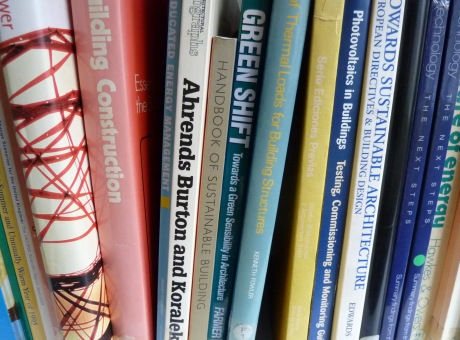Lessons from Stamford Brook: understanding the gap between designed and real performance

1 January 2008
This report is aimed at those with interests in the procurement, design and construction of new dwellings both now and in the coming years as the Government’s increasingly stringent targets for low and zero carbon housing approach. It conveys the results of a research project, carried out between 2001 and 2008, that was designed to evaluate the extent to which low carbon housing standards can be achieved in the context of a large commercial housing development. The research was led by Leeds Metropolitan University in collaboration with University College London and was based on the Stamford Brook development in Altrincham, Cheshire. The project partners were the National Trust, Redrow and Taylor Wimpey and some 60 percent of the planned 700 dwelling development has been completed up to June 2008. As the UK house building industry and its suppliers grapple with the challenges of achieving zero carbon housing by 2016, the lessons arising from this project are timely and of considerable value. Stamford Brook has demonstrated that designing masonry dwellings to achieve an enhanced energy standard is feasible and that a number of innovative approaches, particularly in the area of airtightness, can be successful. The dwellings, as built, exceed the Building Regulations requirements in force at the time but tests on the completed dwellings and longer term monitoring of performance has shown that, overall, energy consumption and carbon emissions, under standard occupancy, are around 20 to 25 percent higher than design predictions. In the case of heat loss, the discrepancy can be much higher. The report contains much evidence of considerable potential but points out that realising the design potential requires a fundamental reappraisal of processes within the industry from design and construction to the relationship with its supply chain and the development of the workforce. The researchers conclude that, even when builders try hard, current mainstream technical and organisational practices together with industry cultures present barriers to consistent delivery of low and zero carbon performance. They suggest that the underlying reasons for this are deeply embedded at all levels of the house building industry. They point out also that without fundamental change in processes and cultures, technological innovations, whether they be based on traditional construction or modern methods are unlikely to reach their full potential. The report sets out a series of wide ranging implications for new housing in the UK, which are given in Chapter 14 and concludes by firmly declaring that cooperation between government, developers, supply chains, educators and researchers will be crucial to improvement. The recommendations in this report are already being put into practice by the researchers at Leeds Metropolitan University and University College London in their teaching and in further research projects. The implications of the work have been discussed across the industry at a series of workshops undertaken in 2008 as part of the LowCarb4Real project (see http://www.leedsmet.ac.uk/as/cebe/projects/lowcarb4real/index.htm). In addition, the learning is having an impact on the work of the developers (Redrow and Taylor Wimpey) who, with remarkable foresight and enthusiasm, hosted the project. This report seeks to make the findings more widely available and is offered for consideration by everyone who has a part to play in making low and zero carbon housing a reality.
Lessons from Stamford Brook: understanding the gap between designed and real performance. (Partners in Innovation Project: CI 39/3/663: Evaluating the impact of an enhanced energy performance standard on load-bearing masonry domestic construction 8 - Final Report ). Leeds Metropolitan University: Leeds, UK.
Wingfield, J.; Bell, M.; Miles-Shenton, D.; South, T.; Lowe, R.J.; (2008)
The full text of this article is not available through UCL Discovery.
 Close
Close

